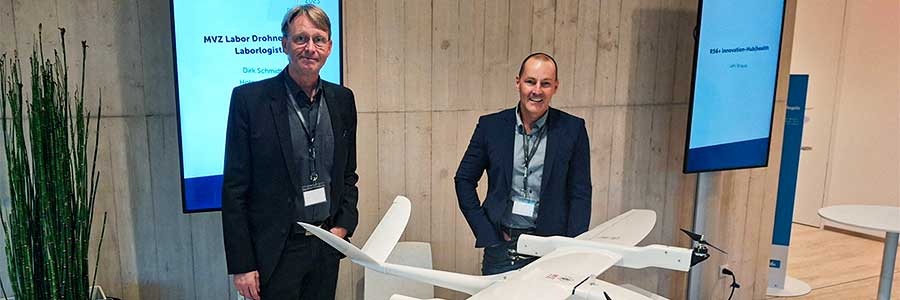Inquiries, Tips, Criticisms
Please use the contact form or send an email to drohnen@h-schulze.de


Book Title
Ökologische Effekte durch Drohnen
Book Subtitle
Analyse von Einflussfaktoren für nachhaltige Logistiklösungen im Gesundheitswesen
Author
Holger Schulze
DOI
https://doi.org/10.1007/978-3-662-70921-4
Publisher
Springer Vieweg Berlin, Heidelberg
eBook Packages
Computer Science and Engineering
(German Language)
Copyright Information
Der/die Herausgeber bzw. der/die Autor(en), exklusiv lizenziert an Springer-Verlag GmbH, DE, ein Teil von Springer Nature 2025
Hardcover ISBN
978-3-662-70920-7
Published: 25 May 2025
eBook ISBN
978-3-662-70921-4
Published: 24 May 2025
Edition Number
1
Number of Pages
XXI, 279
Number of Illustrations
4 b/w illustrations,
50 illustrations in colour
Thought about it
Please use the contact form or send an email to drohnen@h-schulze.de